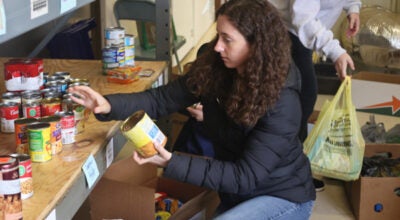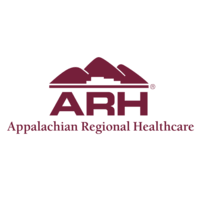National nonprofit announces ‘no home left offline’
Published 1:13 pm Wednesday, November 24, 2021
|
Getting your Trinity Audio player ready...
|
EducationSuperHighway, the national nonprofit that successfully connected 47 million students to close the K-12 classroom connectivity gap, announces a bold new mission to close the digital divide for 18 million American households that have access to the Internet but can’t afford to connect.
A new report marking the launch of the new mission and “No Home Left Offline” campaign states that after decades of public and private investment in broadband infrastructure, affordability is now the number one cause of the digital divide – despite the widespread availability of low-cost broadband options from internet service providers. Nearly two-thirds of unconnected households have access to a home broadband connection but are offline primarily because they cannot afford to connect.
This “broadband affordability gap” keeps 47 million Americans offline, is present in every state and disproportionately impacts low-income, Black, and Latino Americans.
Key report highlights include:
- 18.1 million unconnected households (46.9 million people) have access to Internet service but cannot afford to connect to even low-cost broadband plans.
- In 43 states, the broadband affordability gap is the largest portion of the digital divide, making up 58 percent of the digital divide in states with rural populations that exceed the national average.
- Previous efforts to provide the resources households need to connect have fallen short. As few as 17 percent of Americans eligible for federal broadband affordability programs have enrolled due to awareness, trust and enrollment barriers.
In response to the pandemic, a bipartisan consensus has emerged to dramatically accelerate progress towards closing the digital divide. The federal government has recognized the need to address the affordability gap by investing $20 billion in the nation’s largest-ever broadband affordability and adoption program. In addition, partnerships between non-profits, community-based organizations, Internet Service Providers and state and local governments have developed game-changing approaches to identifying unconnected households, innovative solutions to increasing adoption and the creation of programs that eliminate the need for households to sign-up for broadband service altogether. This is providing a blueprint for a broad public-private partnership to close the broadband affordability gap.
“We must seize this moment to accelerate progress in closing the digital divide,” said Evan Marwell, CEO of EducationSuperHighway. “That’s why we are launching a bold new mission to tackle the broadband affordability gap – which has emerged as the number one barrier to closing the digital divide. Congress is stepping up, making resources available to close the affordability gap, and ISPs continue to increase the availability and speed of affordable broadband plans. We must now remove the barriers that keep low-income families from connecting or risk wasting this opportunity to ensure no home is left offline.”
While accelerating the transition to a digital economy, the pandemic has caused those without home broadband to be shut out of economic security and opportunity. Without high-speed Internet access at home, Americans can’t send their children to school, work remotely or access healthcare, job training, the social safety net or critical government services.
EducationSuperHighway has also launched new broadband adoption and free apartment Wi-Fi programs to help low-income Americans overcome the obstacles to signing up for federal broadband programs and home broadband service. Both programs target “America’s most unconnected communities,” where more than 25 percent of people don’t have Internet.
“Building a robust digital inclusion ecosystem requires free and low-cost home broadband for those who cannot afford it and overcoming the barriers to broadband adoption,” said Angela Siefer, Executive Director of the National Digital Inclusion Alliance (NDIA). “As we saw during the pandemic, these solutions are possible by investing in local solutions and building on the trusted community relationships that are essential to effective digital inclusion work.”
EducationSuperHighway is working to expand its program to help trusted institutions identify unconnected households. The organization’s K-12 Bridge to Broadband program partners with 130 regional and national Internet Service Providers to enable states and school districts to identify and connect unconnected student households. The program covers 90 percent of households and has already helped identify the connectivity status of over 3.5 million students in 11 states. With the support of ISPs, EducationSuperHighway hopes to make this critical data tool available to other trusted institutions serving low-income households in the near future.
The nonprofit completed its mission to close the K-12 classroom connectivity gap in just seven years and is focused on repeating this achievement. Several foundations and philanthropic organizations have made a $16 million multi-year investment in EducationSuperHighway’s mission including, Emerson Collective; Blue Meridian Partners; Ken Griffin, Citadel, and Citadel Securities; the Chan Zuckerberg Initiative; Walton Family Foundation; and Zoom Cares Fund.
For more information, visit www.educationsuperhighway.org






